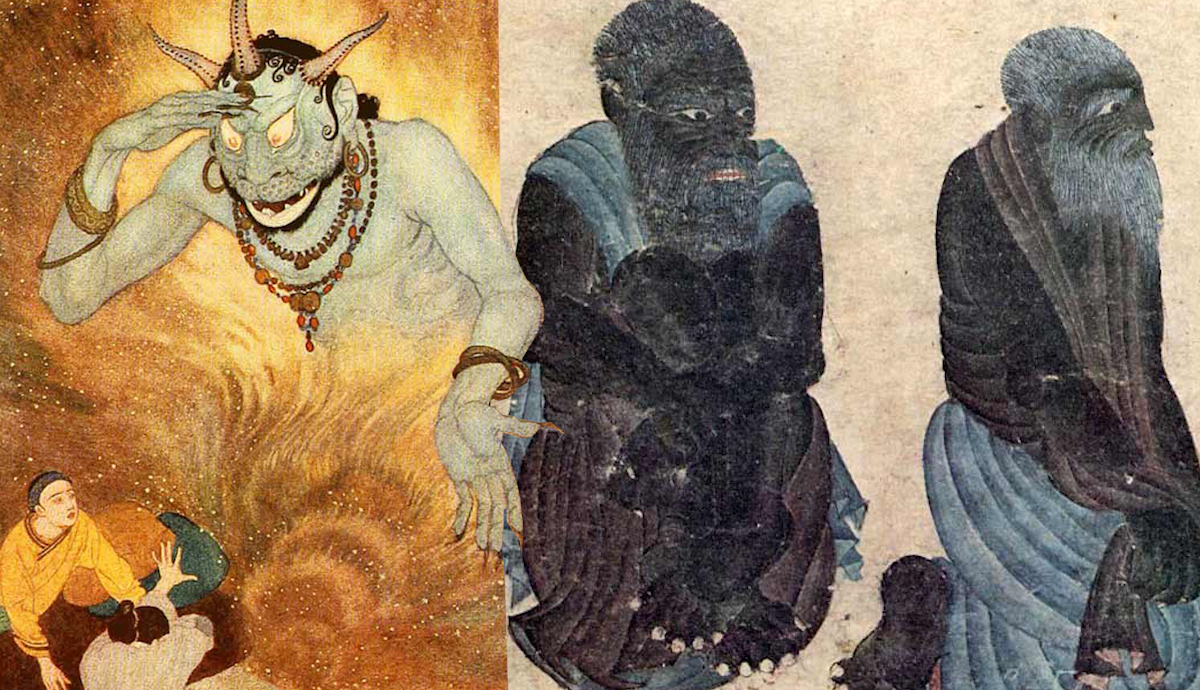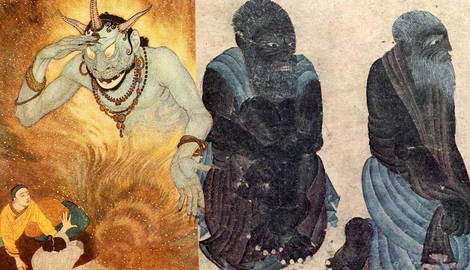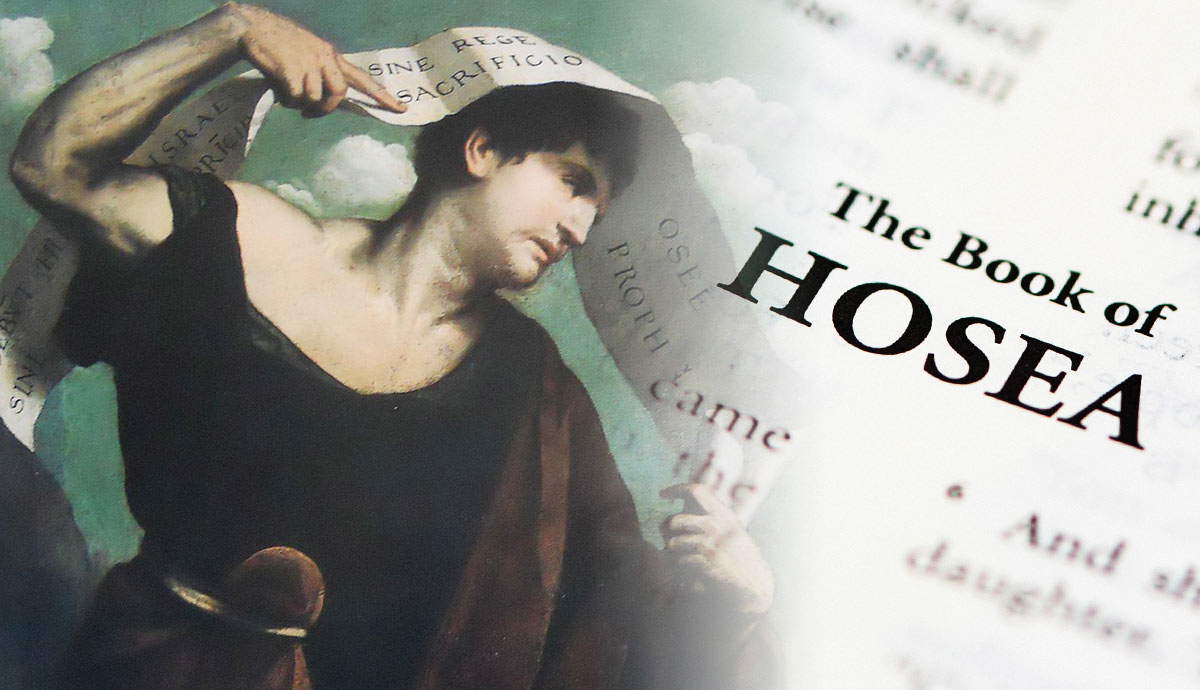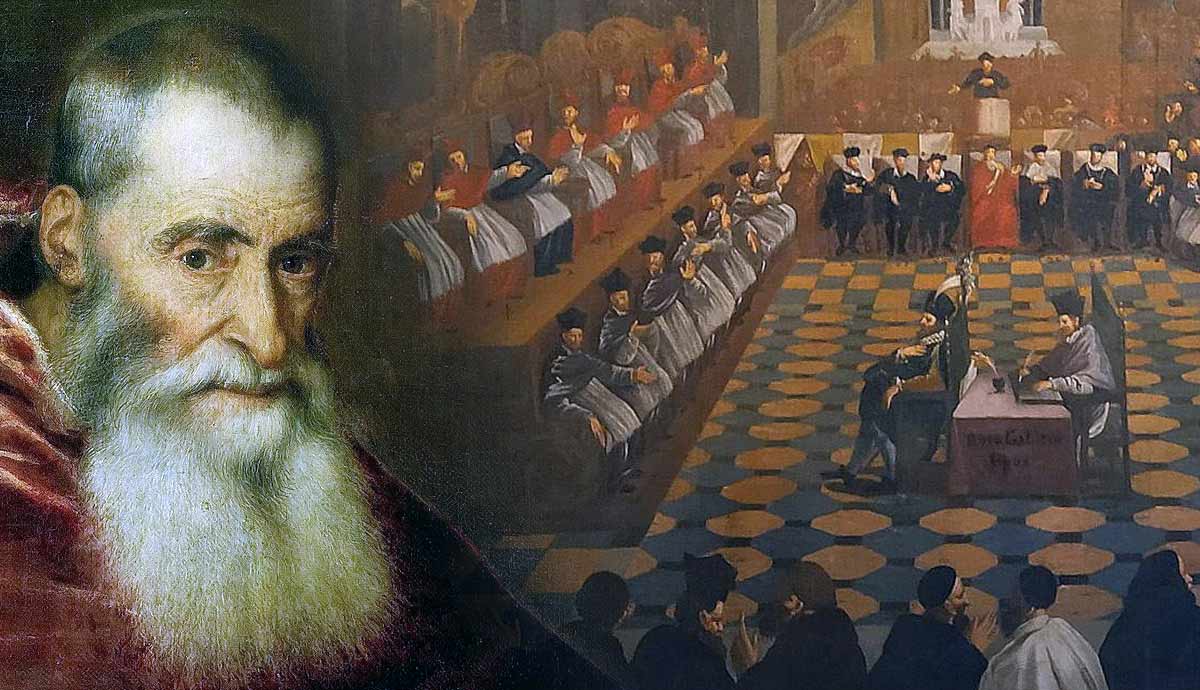
Christianity, Judaism, and Islam believe that humans were made from clay or dirt. Each of these three religions believe in an additional type of being, known as angels. A common misconception about angels is that they are humans who have died. In actuality, angels have never been humans. Instead of clay, they were made out of light. Islam has a third type of being, djinn, who are made of smokeless fire. “Djinn” is where the word “genie” comes from, but they are more complicated than they appear in popular legends — such as Aladdin.
Connections Between Djinn and Humans

Since Islam is over 1,000 years old, some Muslim beliefs have changed over time. In the past, djinn were once associated with the divine. Some people even worshiped djinn. Today, that is considered idolatry.
Now, Muslim scholars emphasize the similarities between djinn and humans more often than their differences. Djinn have the same bodily functions as humans. They get married and have children. They also have the same genders as humans. They are mortal, although they live longer than people. Additionally, they can be good or evil. They can choose to be Muslim or not. Furthermore, they eat the same way humans do. Djinn are often suspected of living in their own isolated communities. They may even live on an entirely separate plane. However, it is possible for a djinn to live among humans, either secretly or not. There are even tales of djinn having children with humans.
This last fact has been the subject of much fascination in literature and pop culture. Two Years Eight Months and Twenty-Eight Nights, a book by Salman Rushdie, opens with a romance between a djinn princess and a human. Their meeting leads to the birth of several djinn-human hybrid children.
American Gods: The Author’s Preferred Text by Neil Gaiman leans into the taboo nature of djinn-human relationships. In addition to the characters being different types of beings, they are also both men. While this relationship did not make it into the standard release of the novel, it is featured in the eponymous television show.

Poets may have a higher affinity towards djinn than most people. Depictions of writers convening with djinn is a part of Islamic art history. Some poets have even attributed parts of their work to djinn.
With all that said, djinn and humans do not always live in harmony. Parents in religious communities are often afraid that their children will be hurt by djinn and they serve as a sort of boogeyman in these communities. Unlike most boogeymen, though, there are many adults who believe in djinn. These creatures may lead humans astray, or simply throw things at passing humans. At worst, a djinn can possess a person.
Djinn’s Supernatural Powers

The main difference between humans and djinn is that djinn have supernatural powers. Djinn are naturally invisible to humans unless they choose to become visible, and they possess strength and power superior to the abilities of humans. They can levitate objects and travel between planes of existence. They can also manipulate reality and are best known for their ability to possess people. In fact, djinn are very similar to demons in this respect.
According to these legends, it is very bad news for a djinn to fall in love with someone. While some are benevolent, simply scaring their love interests by coming on too strong, some djinn will go so far as to possess the body of their loved one. This is a negative experience for the person who is possessed, to say the least. In these cases, as well as djinn possession motivated by any other reason, a sheik may be called in to perform an exorcism.
Djinn lore and modern medicine interact significantly in some majority-Muslim communities. Both in the Middle East, and in other communities largely made up of Muslim immigrants, there is a certain understanding when it comes to mental illness. People in these communities often believe that mental illness is simply a possession by a djinn. This can cause barriers in communication between doctors, and the families of patients. Mangled limbs, epilepsy, and paralysis are also suspected to be inflicted by angry djinn. Other supernatural powers bestowed to djinn are the ability to shapeshift, fly, and perform magic.
The Etymology of Djinn

Sometimes, the best way to understand the basis of folklore is to investigate the etymology of words. Sometimes “djinn” is pluralized as “djinns,” but this is a grammatical mistake. Acceptable spellings include jinn and jinni. “Genie” or “genies” are used less often these days, because the words are considered to be a bastardization of the original Arabic.
So, where did the word come from? There are several possibilities. It is closely linked to the word “demon,” as well as “hidden from sight.” The connection to the concept of demons makes sense. Both djinn and demons are believed to possess human beings. The second aspect also makes a great deal of sense. “Hidden from sight” likely refers to djinn being invisible. It may even reference the belief that djinn usually live on a separate plane from humans.
Some scholars put forth an alternate theory. They say that majnun, the Arabic word for madness, shares the same root word as “djinn” (Rebling). But why? The dominant theory is that djinn possession leads to madness. Then again, perhaps it is meant to describe the djinn themselves. What does it mean to be made of fire? Djinn are often depicted as passionate beings, quick to go overboard when upset or in love. Perhaps djinn therefore possess a sort of madness themselves — a “fiery” spirit.
“Djinn” is sometimes translated as “devil.” There is certainly some basis to this. However, it is too reductive. There are djinn who are God-fearing, and djinn who are affiliated with shaytan (Satan). Only the latter would act maliciously. “Demon” is associated too strongly with evil to describe djinn as a whole. Like all of the major Abrahamic religions, Islam tells the story of Lucifer falling from heaven. Islam unequivocally states that djinn and fallen angels are different — though in some cases, the two overlap.
Djinn in the Quran

In the modern era, especially among Westerners, Muslims sometimes downplay the reality of djinn. But in fact, within the belief system of Islam, djinn are very real. Djinn are mentioned approximately 33 times in the Quran. The first man, Adam, and the first djinn, Iblis, were contemporaries. However, Iblis was created first. Iblis eventually refused to follow Allah. This early act of apostasy may be the reason why djinn have a negative reputation in some circles. Humans and djinn can both go to Hell based on their actions on earth (Quran 7:179). Djinn often deceive humans (6:128). However, djinn can also be faithful Muslims (72:1).
Tales of the Djinn

Iblis was a very unique being. He was an angel and a djinn at the same time. When God created Adam, he asked all of the angels to bow before Adam. Everyone obliged except Iblis. Iblis was a high-status angel, so he was not humble enough to bow to a new creature. He tried to convince the other angels to stop bowing as well. According to the Quran, it is Iblis who tempted Adam to eat the forbidden fruit. This made both Adam and Iblis sinners. However, Adam repented. Iblis refused to do so. God therefore punished Iblis. While not all djinn are fallen angels, Iblis is.

Another famous story involving djinn is Aladdin and His Wonderful Lamp from One Thousand and One Nights, also known as Arabian Nights. Despite being the best-known story featured in this novel, it was not added until 1704 and Aladdin is Chinese in origin. Nevertheless, it may have a basis in authentic Middle Eastern folklore. If not, it has at least solidified itself as a staple of pop culture and the arts.
Aladdin is the son of a deceased tailor. A sorcerer lures Aladdin in under false pretenses, and he is asked to retrieve a lamp from a dangerous location. Aladdin finds the lamp, but he is nearly trapped in a tunnel. He would not have escaped were it not for a magical ring in his possession. He rubs it, and a genie comes out and saves Aladdin.
Aladdin then returns to his mother, lamp in tow. As it turns out, there is a second genie living inside of the lamp. This one is far more powerful. Aladdin asks it for extravagant belongings. He leverages his newfound wealth by marrying a princess and ultimately becoming a king. He is almost taken down by the sorcerer, who tricks his wife into handing over the lamp. However, Aladdin summons the first genie from the ring. The ring genie brings Aladdin to the lamp. He lives happily ever after.









